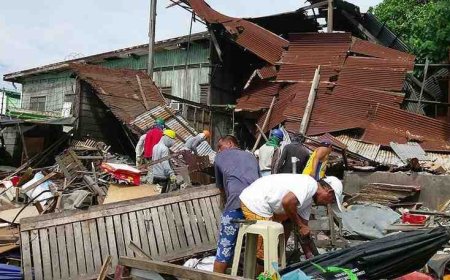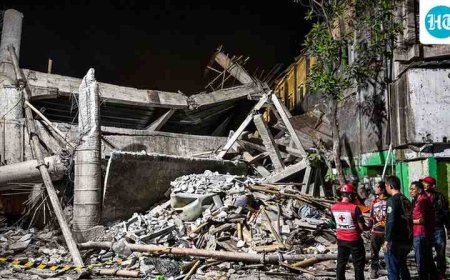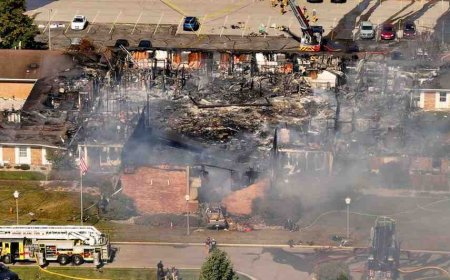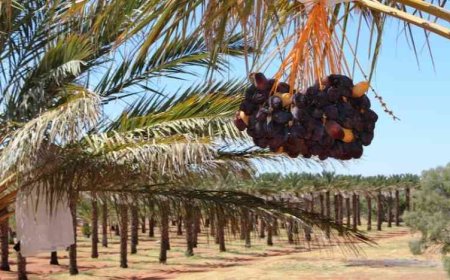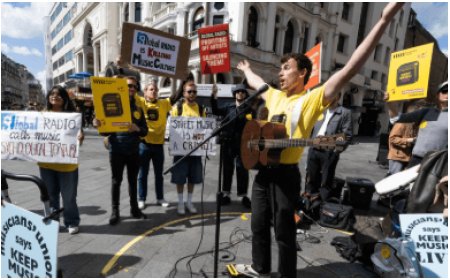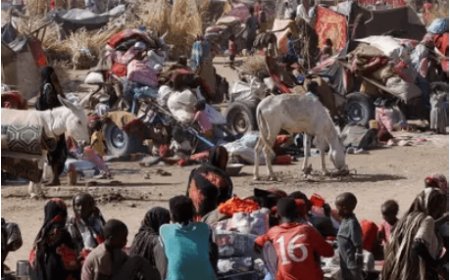Tragic Earthquake: 69 Dead as Massive 6.9 Quake Shatters Cebu Province
A powerful, shallow magnitude 6.9 earthquake struck near Cebu, Philippines, killing at least 69. Rescue efforts are hampered by landslides and damaged infrastructure. Latest updates here.
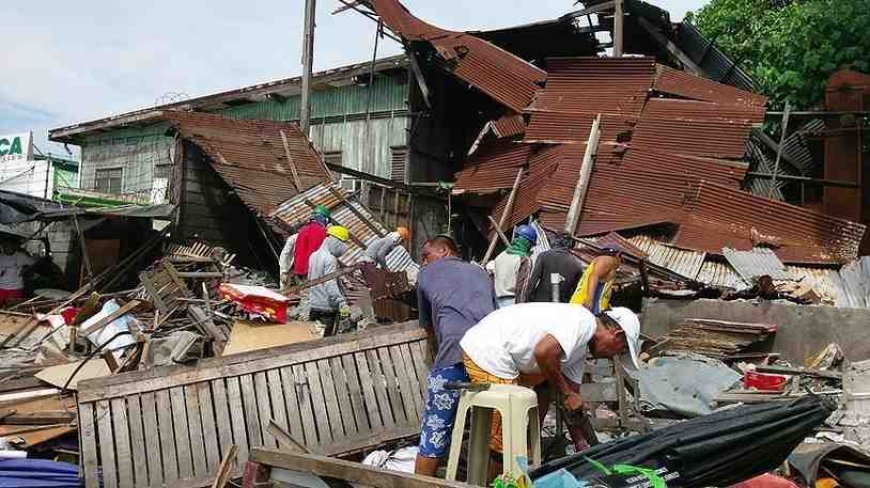
Philippines Earthquake: Death Toll Rises to 69 After Magnitude 6.9 Quake Hits Cebu
A devastating magnitude 6.9 earthquake struck off the coast of the central Philippines late Tuesday night, killing at least 69 people and causing widespread destruction across Cebu province. The quake's shallow depth amplified its force, collapsing buildings, triggering landslides, and severing power lines in multiple towns.
The disaster compounds a regional crisis, hitting an area still recovering from a severe storm that claimed 27 lives just days earlier.
Epicenter and Immediate Aftermath
The tremor hit at approximately 10 p.m. local time, with its epicenter located just 19 km northeast of Bogo City in northern Cebu at a shallow depth. This proximity to the surface significantly intensified the shaking, leading to catastrophic structural failures.
-
Bogo City: Reported the highest number of fatalities, with half of the total deaths occurring here.
-
San Remigio: A sports complex partially collapsed during a basketball game, killing several people, including a child, coast guard personnel, and a firefighter.
-
Medellin Town: Multiple fatalities were reported as people were trapped in their homes by collapsing ceilings and walls while they slept.
Historic structures were not spared, with a centuries-old church tower in Bantayan collapsing and other historic churches in Daanbantayan sustaining serious damage.
Rescue Efforts Hampered by Access and Aftershocks
Search and rescue operations, involving national disaster personnel, the military, and volunteers, have been a race against time. Teams using backhoes and sniffer dogs are working to dig through rubble for survivors.
However, these critical efforts face major obstacles:
-
Impassable Roads: Landslides and debris have blocked narrow mountain roads, cutting off access to remote villages.
-
Unstable Terrain: The risk of further collapses and over 600 recorded aftershocks makes the work dangerous.
-
Widespread Damage: Power outages and damaged water supply lines in towns like San Remigio have created a secondary humanitarian crisis.
Cebu Governor Pamela Baricuatro warned that the full scale of the damage is not yet known. President Ferdinand Marcos Jr. has pledged national government support, dispatching cabinet officials to oversee relief and reconstruction.
Tsunami Warning and a Compounding Crisis
Following the quake, the Philippine Institute of Volcanology and Seismology (PHIVOLCS) issued a tsunami alert, warning of potential one-meter waves along the coasts of Cebu and neighboring provinces. The warning was lifted hours later after no significant waves were observed.
The earthquake is the second major disaster to strike the central Philippines in a week. A severe prior storm had already caused fatal flooding, weakened infrastructure, and stretched local relief resources thin, making the earthquake's impact even more severe.
Broader Context: Vulnerability in the Ring of Fire
The Philippines is located on the Pacific "Ring of Fire," a horseshoe-shaped zone known for frequent earthquakes and volcanic activity. This geological reality, combined with the quake's shallow depth and proximity to populated areas, explains the extensive damage.
The disaster highlights the vulnerability of communities where building codes may not be strictly enforced for seismic safety and where emergency access is often hindered by challenging terrain.
Recovery will be a long-term challenge, requiring rebuilding homes, restoring utilities, and providing sustained humanitarian aid to the displaced amidst ongoing aftershocks and weather risks.
